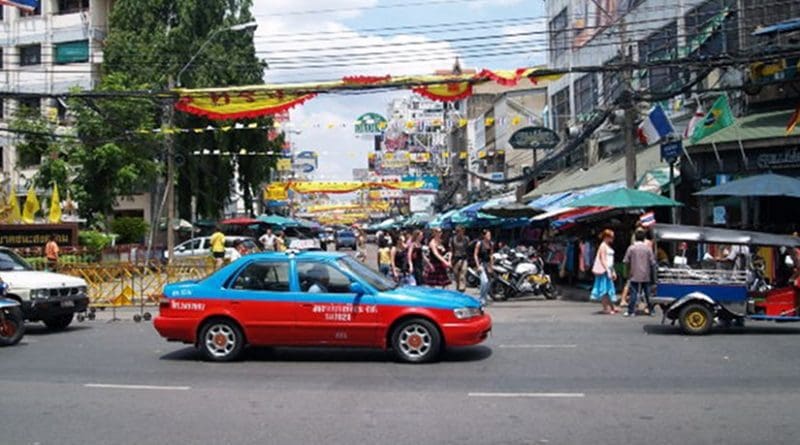Thailand: Bangkok Blast Aftermath, Counter-Measures And Uncertainty
By MISNA
Investigations are underway and security measures and controls have been heightened in some districts of the far south, theater to secessionist insurgencies by Muslim popular groups linguistically and culturally close to the Malaysians. Security has also been stepped up in the northern and eastern areas, strongholds of the ‘Red Shirts’ movement and generally opposers of the traditional elite in power with strong military influence.
A day after the bomb attack against the Hindu shrine of Erawan in downtown Bangkok, 22 people have been confirmed dead and 125 injured, of which many in critical condition.
The bomb, reportedly containing 5kg of TNT, was apparently left on a bench in the compound of the shrine by a man, who from the security camera footage appeared to have Mid-Eastern features, though no identification has been made due to the poor quality of the images.
Bangkok police spokesman, Prawut Thavonsiri, confirmed also this morning that “the blast aimed to kill as many people as possible, given that the area is usually crowded at that time”. The attack targeted the shrine, dedicated to the Hindu Lord Brahma and a known tourist attraction for people of all faiths, in fact devastated the holy site and busy intersection in the Ratchaprasong district. The area is home to luxurious shops, hotels and businesses, but also a central front of the Red Shirts struggle to bring back to power the former premier Thaksin Shinawatra, ousting the traditional elite. A crackdown in the area in fact left dozens dead after an almost 3-months occupation, clashes and violence. There was also the sporadic use of explosives, but of far lower intensity in respect to yesterday.
The modalities of yesterday’s attack were also very different from those carried out in the southern provinces bordering with Malaysia by groups opposed to what they see as colonial occupation by the Thai Buddhists, who target military objectives, administration buildings, schools, monks or who they deem collaborators.
So far official identifications of the dead include 5 Thais, 2 Chinese, 2 Hong Kong nationals, 2 Malaysians and one Singaporean. While among the injured are 42 Thais, 28 Chinese and others from the Philippines, Japan, Hong Kong, Indonesia, Maldives, Oman and Singapore
Authorities have tightened security around tourist areas both in the capital and nationwide, in the certainty expressed yesterday by the Defence minister that tourism, a key business for the nation’s economy, was the main objective of the attackers. Thailand currently counts a large number of tourists from China and India, after a gradual decrease of Japanese, Americans and Europeans. Alert levels were heightened in all Thai airports.
Hong Kong’s authorities have advised their citizens to avoid unnecessary travel to Thailand and similar warnings are expected also from other countries.
Tension mounted further this morning after low-intensity explosive device, possibly a hand-bomb, was thrown from the Thaksin bridge over the Chao Phraya River. The blast targeted the wharf crowded with vessels carrying commuters, without however causing any casualties.

